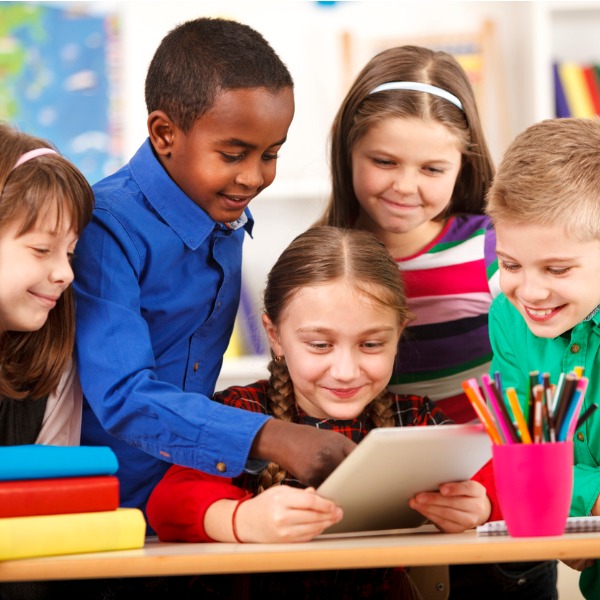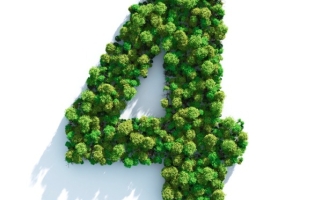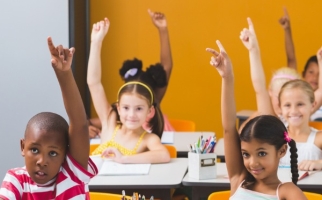Making Connections

Students making connections (damircudic, iStockphoto)
The ability to make connections involves a process of connecting prior knowledge to new knowledge and experiences.
Definition
The ability to make connections involves a process of connecting prior knowledge to new knowledge and experiences. This process allows students to relate what they read, see, do, and experience to themselves, to the world around them and/or to other things they have read, seen, or experienced previously.
Making Connections is important because it…
- enables students to build on their prior experiences to further construct knowledge and make meaning of the world around them
- provides opportunities for the development of deeper understanding of concepts, skills and the nature of science and technology
- promotes understanding of the relationships between science and technology and the social and environmental contexts of science and technology
Developing the Skill of Making Connections
Students |
Educators |
|---|---|
|
Make connections between prior experiences and new experiences (self-to-self connections) |
Prompt students to explicitly make connections between new learning and prior experiences by asking questions (e.g., “Does this remind you of something you’ve seen or done before? What is the same? What is different?”). |
|
Makes connections between new experiences and prior knowledge prior to Inquiries or Design & Builds |
Encourage students to draw on their prior knowledge and experiences when making predictions about how their inquiries might turn out (e.g., “What do you already know about...that might help you…?”). |
|
Make connections between new experiences and prior knowledge during Inquiries or Design & Builds |
Remind students to refer to prior knowledge and experiences while conducting investigations (e.g., “Have you seen that happen before?”). Connections made during inquiries help students to make more insightful observations as well as providing inspiration for solutions to problems. |
|
Make connections between new experiences and prior knowledge after Inquiries or Design & Builds |
Prompt students to compare results of inquiries and Design & Build challenges with previous inquiries or Design & Build challenges. These connections help students to reflect and evaluate their learning. |
|
Make connections between inquiries and materials read or viewed |
Facilitate making connections between what happens in student inquiries to stories and other media (e.g., a video, a movie, a television show), for example, by thinking aloud about a connection: “When I see how much our seeds have grown, it reminds me of a story we read last week. Do you know the story I mean?” |
|
Make connections between their inquiries and the world beyond the classroom (world-school connection) |
Use language such “You are thinking like a scientist when you….”, or “When you were doing …..you were thinking like a mathematician.” when students are engaged in inquires. Help students make connections between events and phenomena in their world and science and technology at school. For example, when a child brings in a nest he/she has found, use the opportunity to connect back to student inquiries about living things. |
|
Make connections between what occurs inside and outside of school (home-school connection) |
Provide opportunities for students to share their experiences at home and/or in their community with their classmates (e.g., ask students about their gardens at home). Provide opportunities for families to learn about what is happening at school (e.g., through a class blog or other social media, during school open house events, or by students sharing their learning with their families in various ways such as by bringing home plants they have germinated and grown at school, taking science-focused books home to read with their families over the weekend, or sharing stories about photographs of their block structures). |
|
Make connections between scientific principles and scientific phenomena while engaged in inquiries |
Notice and name scientific principles and scientific phenomena observed during student inquiries (e.g., “Remember when we were at the park and we saw the apple tree with lots of bees near the flowers? This…makes me think of that because…”; “We talked about the things humans need to live and grow. I wonder what our tomato seeds will need to live and grow? Will it be the same as we need or will it be different? How do you know that?”). |
|
Make connections between the processes of science employed and the nature of science understandings that are relevant to inquiries and/or Design & Builds (e.g., developing an understanding of what it means to “think like a scientist”) |
Remind students that they are doing science, as real scientists do, when they engage in scientific inquiry. Help students understand and attend to the accepted processes of science and technology, with consideration of their ability and stage of development. Show students that doing science involves processes and methods that have evolved and become established over time in order to advance understanding (introduce the historical origins and innovators of science and technology processes and methods). |
Related Skills
Related Learning Strategies


